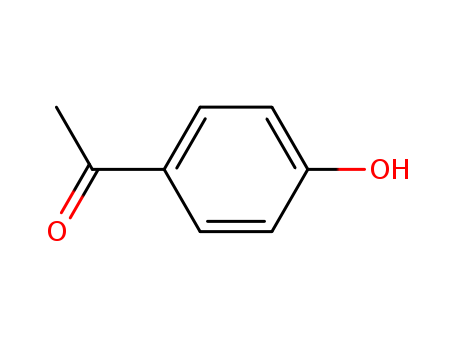10.1002/ejic.201900110
The research focuses on the development of luminescent nanothermometers through the post-synthetic modification of Metal-Organic Frameworks (MOFs), specifically MIL-68. The purpose of this study was to explore the potential of modifying MOF linkers to design lanthanide coordination spheres, which can tune the emission properties of the material for use as thermometers. The researchers synthesized nanocrystals of MIL-68-NH2 and modified them via a cross-linking reaction with 1,4-Bis{4-[(E)-3(N,N-dimethylamino)prop-2-enoyl]phenoxy}butane (HL), followed by coordination to Eu3+ and Tb3+ ions. The resulting material, Tb90Eu10-MIL-68-HL, was found to be an excellent cryogenic (< 100 K) ratiometric luminescent nanothermometer, exhibiting a maximum relative sensitivity of 9.4 % K–1 at 12 K. The chemicals used in the process included 2-aminoterephthalic acid, indium nitrate, N,N-dimethylformamide (DMF), chloroform, 4-hydroxyacetophenone, europium nitrate hexahydrate, and terbium nitrate hexahydrate. The conclusions of the research highlight the effectiveness of post-synthetic modification of MOFs as a tool for designing ratiometric luminescent nanothermometers, with Tb90Eu10-MIL-68-HL being a standout example due to its high sensitivity in the cryogenic temperature range.
10.1155/2012/525940
The research focuses on the synthesis and spectroscopic characterization of new biologically active Azo-Pyrazoline derivatives. The purpose of this study was to create a series of compounds that have potential applications in the field of medicine, specifically as antimicrobial agents, by combining aromatic rings through an Azo-coupling reaction and further synthesis. The researchers synthesized several 3-[4-(benzyloxy)-3-(2-Chlorophenylazo)-phenyl]-5(substituted-phenyl)-1-substituted-2-pyrazolines (4a-j) and (5a-j) through a series of chemical reactions involving diazotization of 2-chloroaniline, coupling with 4-hydroxy acetophenone, benzyloxation, and Michael addition with hydrazine hydrate. The synthesized compounds were then characterized using FT-IR, 13C-NMR, 13C-DEPT, and 1H-NMR spectral data to confirm their structures. The study concluded that these chalcone and pyrazoline derivatives showed significant antibacterial activity against both Gram-negative Escherichia coli and Gram-positive Staphylococcus aureus bacteria. The chemicals used in the process included 2-chloroaniline, 4-hydroxy acetophenone, benzyl bromide, various substituted benzaldehydes, hydrazine hydrate, and phenylhydrazine, among others.



 Xn,
Xn, Xi
Xi


